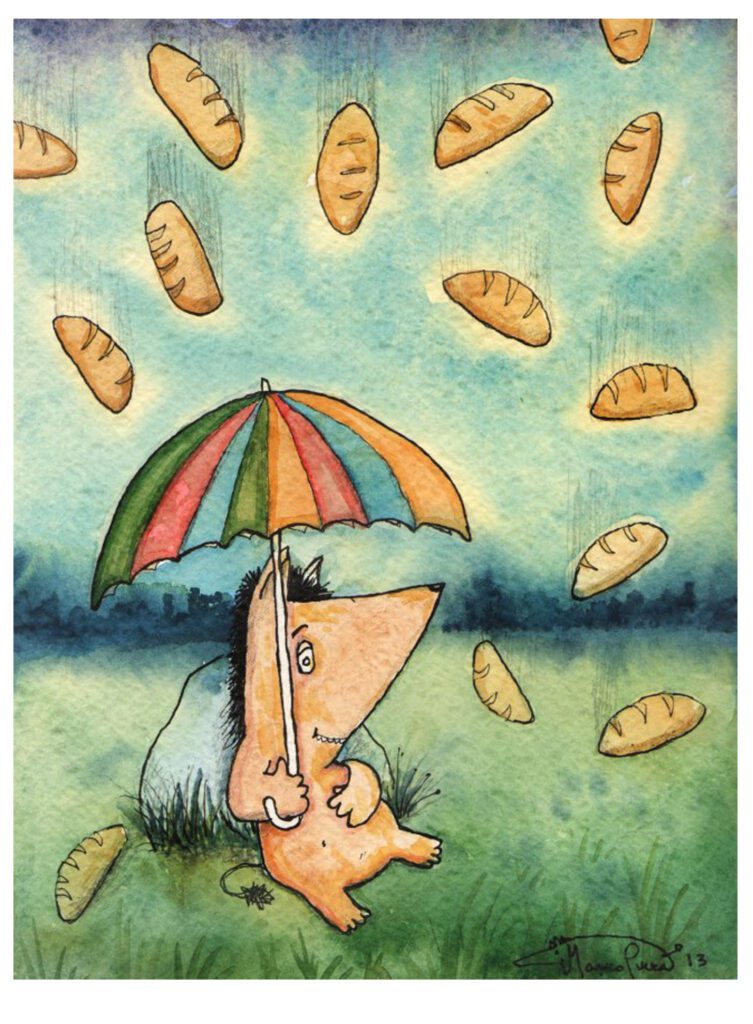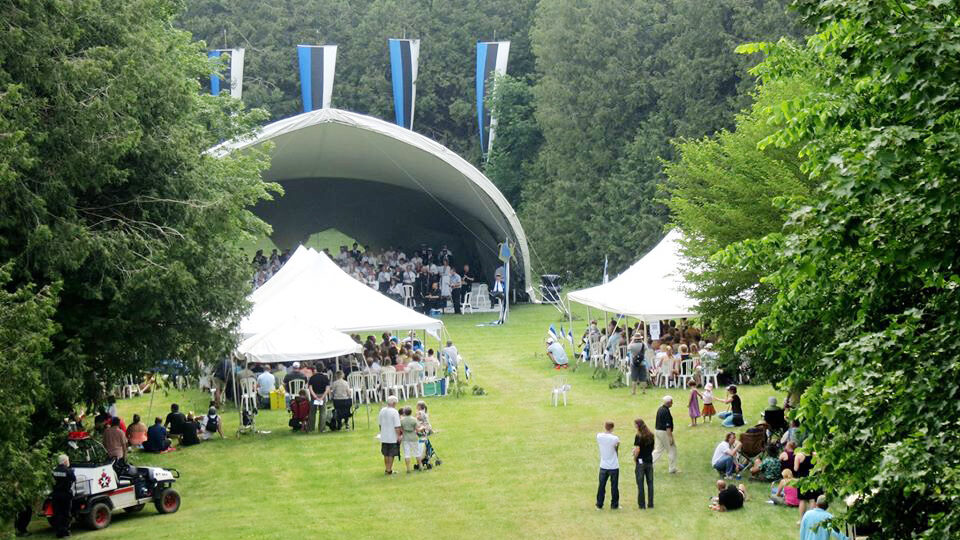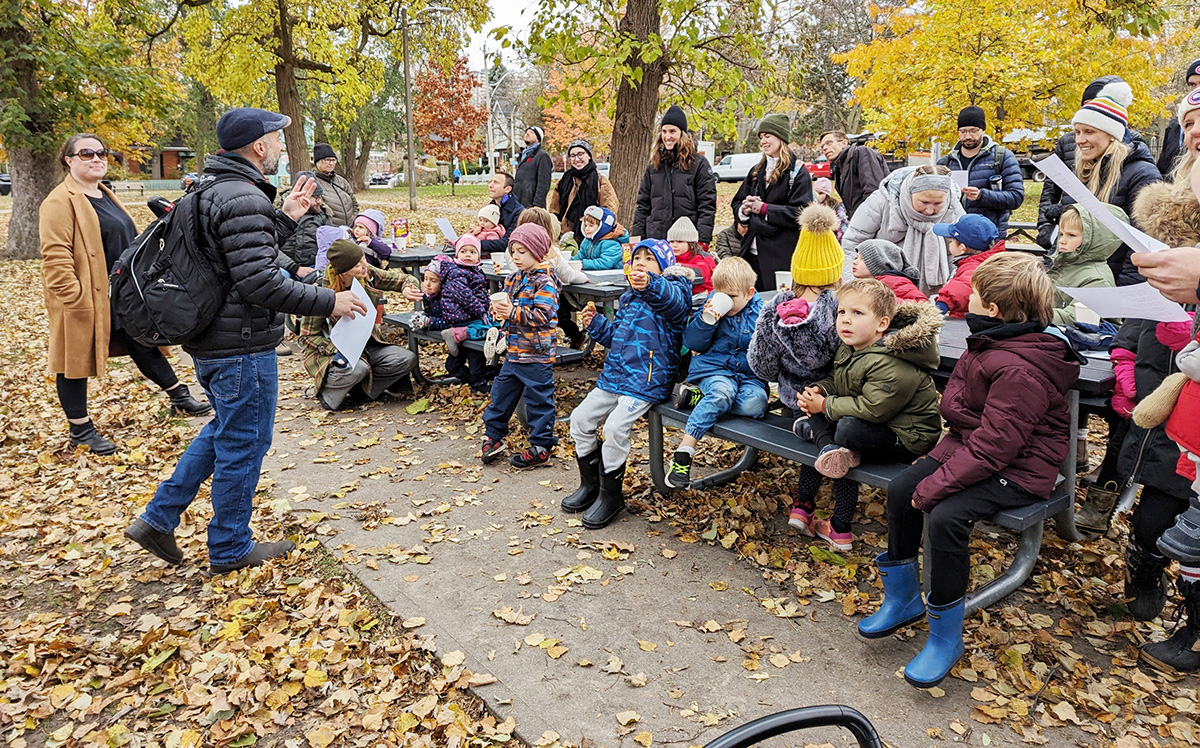But here’s a little feature of the language that’s even more complex and fun, which comes up in words occasionally. It’s called the palindrome, and you’ll find it in English and Estonian alike.
According to the Cambridge Dictionary, a palindrome is “a word or group of words that is the same when you read it forwards from the beginning or backwards from the end…” The examples they give in English are the words “refer” and “level.” One famous example is Irish novelist and poet James Joyce’s onomatopoeia (a word that imitates a sound) for the noise made when knocking on a door: “tattarrattat.”
Personally, one palindrome that comes to mind are the words “race car.” Sometimes you’ll see it put together as one word—“racecar.”
A palindrome (palindroom in Estonian) is a fascinating linguistic phenomenon. Why do they happen? Have people gone out of their way to make them happen, making a joke or playing around with words? Or do they just come about accidentally?
The answer would seem to be “a bit of both.” Short and simple palindromes are not that difficult to achieve. Siis (“then”). Aga (“but” or “however”). Köök (“kitchen” or “cuisine”).
You also can’t forget the name of that band that’s been performing in Canada a whole bunch lately—Puuluup. Although, the word doesn’t bring up much in hardcover dictionaries or online Estonian dictionaries. Google Translate says it means “wood magnifier.” And you might hear people say it means “magnifying lens.”
Then there are examples of a whole series of words put together in an artistic way, like Estonian poet and writer Ilmar Laaban’s palindromic poem:
“ Elu nimel lunite,
Moene minimaal-aam.
Inimene, omet
nulle minule. ”
Admittedly, trying to translate this one is quite confusing. But here are some other Estonian palindromes for you to wrap your head around:
1) “Kiililiik”: (Kii • li • liik) “dragonfly species”
2) “Lennutunnel”: (len • nu • tun • nel) “flight tunnel”. Perhaps this is some kind of tunnel where aeronautical engineers test gliders.
3) “Aias sadas saia.”: “It was raining (white) bread in the garden.”
Keep your eye out for others the next time you read in Estonian and see if you can pronounce all of these words and use them in a sentence!




